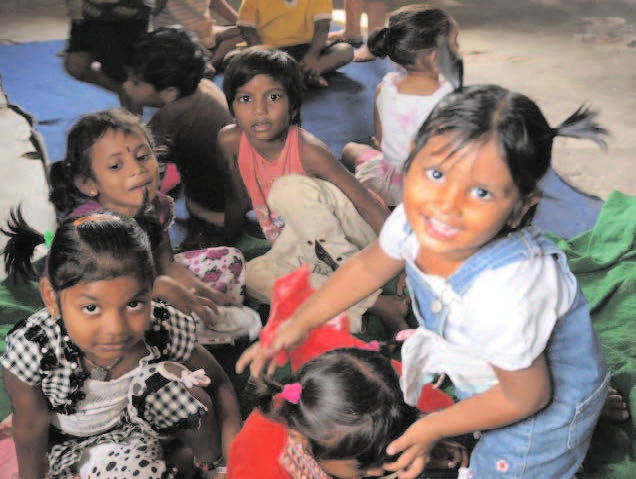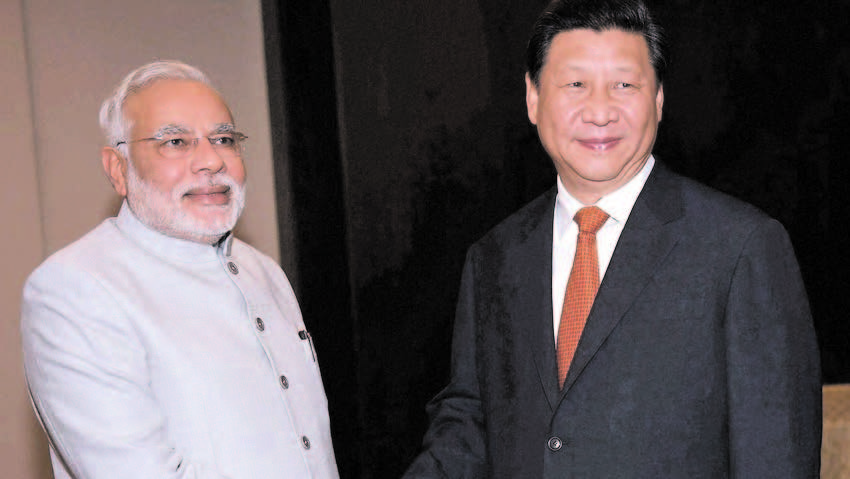
India has the world’s largest number of young people, and 1 million of them enter the workforce every month. It is critical to the nation’s success that young Indians are well-nourished, skilled, and prepared to contribute to the global economy. This preparation must begin the in first 1,000 days of life (i.e., from pregnancy through the first 2 years of life) by affording proper nutrition, opportunities for early learning, and a safe environment; however, less than 2% of children in India have these basic needs met. Consequently, growth is stunted in many children, and studies have shown that this can lead to irreversible consequences on brain development. Early nutritional intervention can increase wages in adulthood by 5-50%, and preventing stunted growth can boost India’s gross domestic product (GDP) by 4-11%
These issues have been tackled in recent years by programs that have been put in place to help improve living conditions and nutrition as well as to support mothers and young children, including the Integrated Child Development Services Scheme (ICDS) and the National Health Mission (NHM). The World Bank aims to support government programs and to facilitate cooperation of the 1.3 million village nutritional centers (i.e., aanganwadi centers) with local primary schools, as an additional 2 years of preschool education can greatly benefit adult income. World Bank is also investing $1.5 billion in the Clean India Initiative to help address stunting in Indian children via better sanitation, which is important to implement in conjunction with supplemental nutrition. Self Help Groups, supported in part by World Bank, are projected to result in improved nutrition in 1.5 million households over the next 5 years in Bihar, Andhra Pradesh, and Telangana; the program will reach other states through the National Rural Livelihoods Project.Investing in the health and enrichment of the youngest members of Indian society is critical to help the country fulfill its potential as a great contributor to the global workforce and economy.
(Source: The World Bank, June 29, 2016)





Be the first to comment